Visit us at the Indiana State Fair
This year Fish & Wildlife will offer several free educational presentations during the State Fair, Aug. 2–18. Please be sure to join us at the DNR’s Natural Resources Building for the following programs:
- Saturday, Aug. 10: The Bear in Your Backyard: Living with Indiana’s Carnivores, 2-3 p.m.
- Sunday, Aug. 11: Indiana Box Turtles, 10 a.m.-noon
- Sunday, Aug. 11: Living with Wildlife, 2-4 p.m.
- Friday, Aug. 16: Magnificent Macroinvertebrates, 2-4 p.m.
- Saturday, Aug. 17: Indiana Hellbenders, 10 a.m.-noon
- Saturday, Aug. 17: How to Volunteer for DNR, noon–2 p.m.
We will also be at the Pathway to Water Quality (located on the east side of the fairgrounds next to the Boy Scout Bridge) offering these free educational programs:
- Saturday, Aug. 10: Pond Management, 1–2 p.m.
- Saturday, Aug. 10: “Conservation” Heroes in the Heartland: JoAnne Cummings, noon–1 p.m.
- Saturday, Aug. 10: “Conservation” Heroes in the Heartland: Sergeant First Class Wayne Myers, 2–3 p.m.
- Sunday, Aug. 11: Living with Wildlife, noon–1 p.m.
- Wednesday, Aug. 14: Aquatic Invasive Species, 1-2 p.m.
We look forward to seeing you at the State Fair.
And of course, come visit the DNR Fishin' Pond and let your little ones catch some fish with the help of our wonderful volunteers.
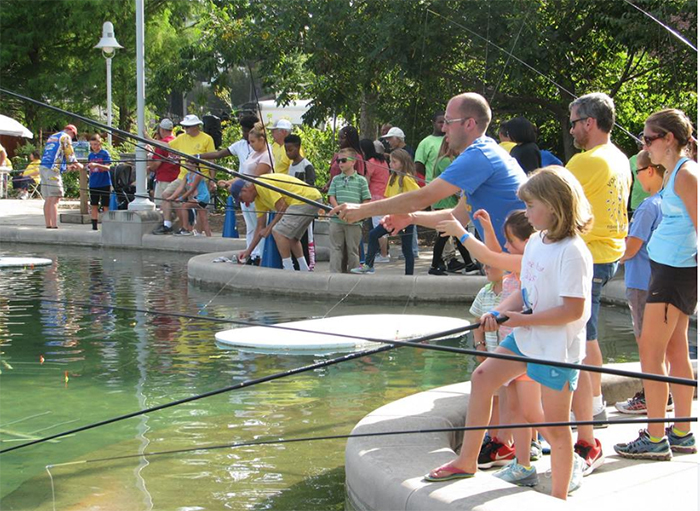
New DNR hunting guide available
|
Your guide to Indiana hunting and trapping is now available at hunting.IN.gov.
You can pick up a printed version of the guide at the Natural Resources Building at the Indiana State Fair, at retailers that sell hunting licenses and equipment, and at many DNR properties.
|
|
|
|
|
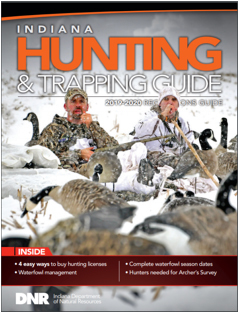 |
Deer licenses for sale
|
You can now purchase your 2019-20 deer hunting licenses. Don’t wait until right before the season. Season dates and deer hunting FAQs can be found at deer.dnr.IN.gov. Deer licenses can be purchased at an authorized retailer or online at on.IN.gov/inhuntfish.
The deer reduction zone season starts Sept. 15 in designated locations.
|
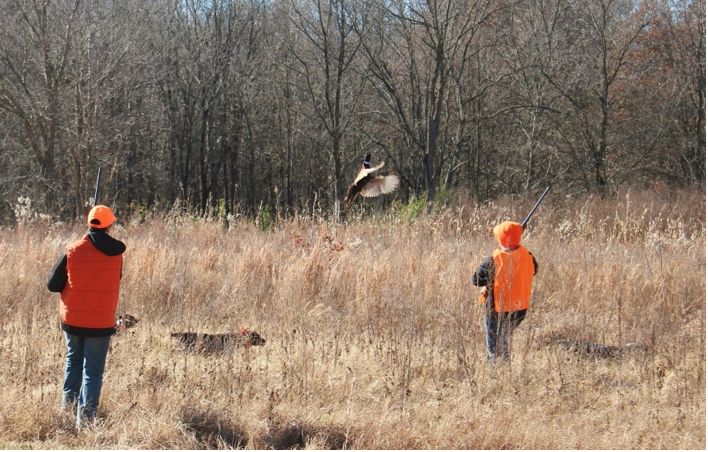 Reserve a spot for put-and-take pheasant
|
You can purchase a reserved spot for put-and-take pheasant hunting on designated DNR properties starting at 6 a.m. on Saturday, Sept. 7. The cost is $30 per reservation. Participating properties this year include: Atterbury, Glendale, J.E. Roush Lake, Pigeon River, Tri-County, Willow Slough, and Winamac Fish & Wildlife Areas.
You can make your reservation online and click on Reserved Hunts. You do not need to log in or have an online account to purchase a reservation. Reservations are non-refundable, but can be transferred to another person. All hunters are required to have a current Indiana Hunting License and Gamebird Habitat Stamp to participate in pheasant hunting.
|
Harvest Information Program (HIP) registration
If you don’t already have your Harvest Information Program (HIP) number for the 2019-20 migratory bird seasons, register now online or by calling 866-671-4499. It’s easy to register online and there’s no cost for using either method.
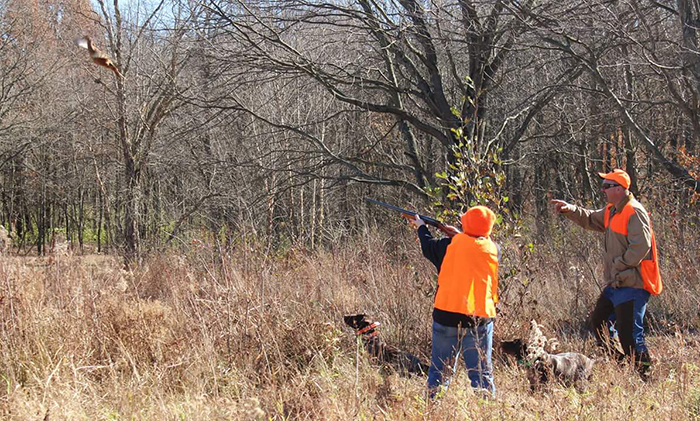 New hunting guide license now required
The Indiana General Assembly passed a new law this year that is now in effect (Senate Enrolled Act 363) requiring a Hunting Guide License for those who provide hunting guide services for money or other goods or services (barter or trade). The license costs $100 a year. The application for the license and monthly report form can be found at wildlife.IN.gov/2371.htm.
While hunting guides (also called outfitters) have not been licensed by the Indiana DNR in the past, fishing guides have been licensed for a number of years.
The Indiana General Assembly also modified language for penalties as it pertains to guides. Violations include knowingly or intentionally guiding an individual on private property to hunt without consent of the landowner.
Gamebird seasons begin Sept. 1
Hunting seasons for rail (sora only), mourning doves, and snipe open Sept. 1. Check out this year’s season dates for early migratory gamebirds.
Squirrel season starts in August
Gray and fox squirrel hunting season begins Aug. 15 and runs through Jan. 31, 2020. Remember to purchase your hunting license.
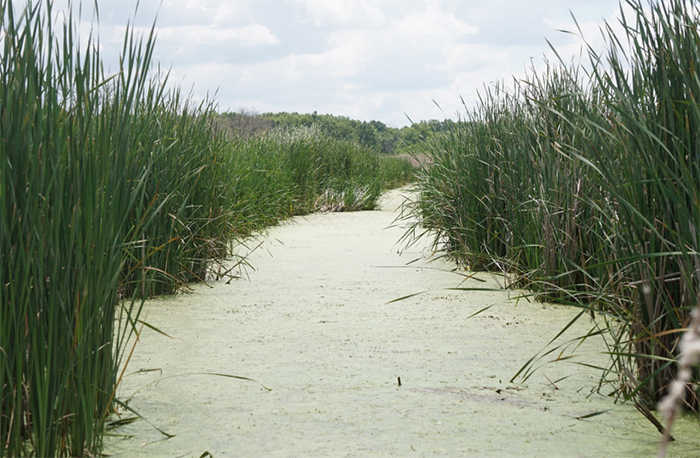 Lake renovations planned for Willow Slough FWA
The Indiana DNR will be hosting a public meeting on Aug. 21 from 6–8 p.m. to discuss upcoming renovations on J.C. Murphey Lake at Willow Slough Fish & Wildlife Area.
The lake requires periodic renovations to maintain habitat for the maximum number of species and recreational opportunities. Renovations will not only provide habitat for rare or endangered species, but will also improve opportunities for waterfowl hunters, anglers, trappers, and wildlife viewers. Lake renovations are expected to take until 2024 to complete, with a drawdown beginning in 2022.
Recreational opportunities will be impacted while the lake is drawn down. The public meeting will include a presentation from property management and fisheries staff and a Q&A session to address any questions or concerns.
 Fisheries biologists study bluegill at West Boggs Lake
|
Bluegill are one of Indiana’s most sought-after sportfish and are commonly harvested by anglers. When the Indiana DNR receives reports that bluegill sizes are decreasing and overharvest is the suspected cause, fisheries biologists investigate the need for more restrictive harvest limits. In 2019, fisheries biologists started a bluegill study at Westwood Run Lake in Henry County.
Biologists are able to determine bluegill population sizes by marking the fish with easily identifiable tags (pictured above). When marked fish are recaptured during Indiana DNR fish surveys or by bluegill anglers, biologists use the rate of recapture to estimate population size and how much of the population is being harvested. Be sure to report your tagged bluegill catches to the creel survey clerk at Westwood Run while Indiana DNR biologists are conducting surveys.
Currently, there are no statewide bag or size limits for bluegill. Anglers should check the official Indiana DNR Fishing Guide for information about specific fishing regulations on their lake of choice. If you have any questions about fishing or fisheries management, feel free to contact your district fisheries biologist.
|
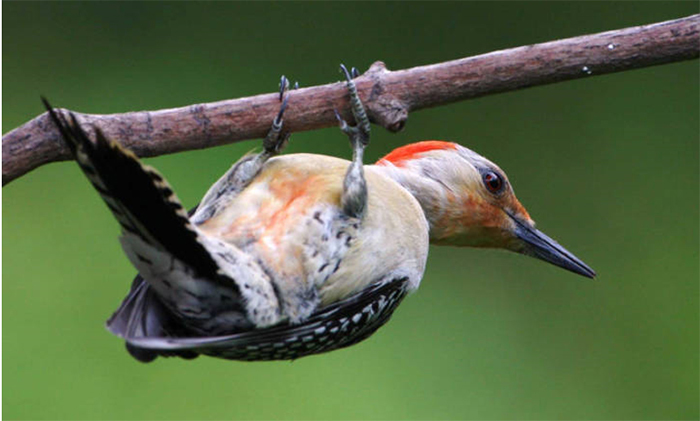 Red-bellied woodpecker photo by U.S. Fish & Wildlife Service
Who’s knocking on my house?
|
Woodpeckers, large and small, are found throughout Indiana. While most people enjoy seeing woodpeckers, they can cause damage to wood or cedar homes with their strong pointed beaks.
Woodpeckers use their beaks to dig for insects, to “drum” to attract a mate, or to establish their territory. Most damage occurs during the breeding season from March to May. Woodpeckers can be discouraged from drilling at your property by using loud noises, wind chimes, mylar tape, and spraying the bird with a water hose.
Also, look for signs of insects in your house, and contact a licensed pest control operator to control the insects and eliminate future problems.
|
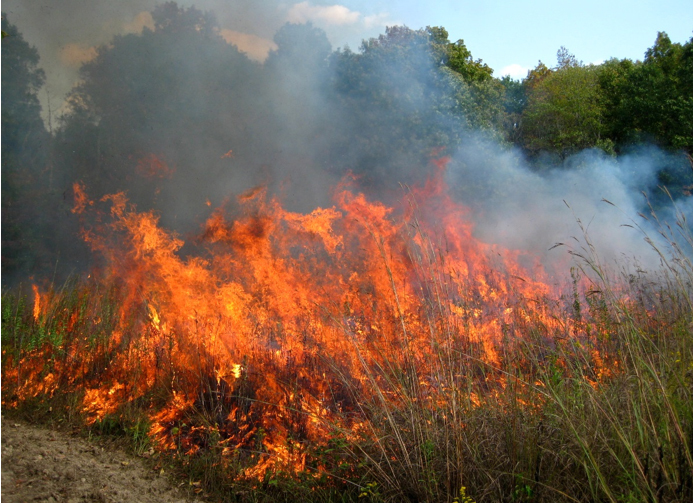 Feel the burn: fire during late growing season helps wildlife
|
Late summer and early fall burn season, running from August through early October, is nearly upon us. This burn season is preferred for eliminating encroaching tree saplings and brush that commonly invade native grassland and wildflower habitats.
We see the results of these burns in the springtime when there are more wildflowers, fewer woody plants, and less thick, brushy material that creates a barrier for traveling wildlife. Make sure to leave at least half of the habitat unburned to provide wildlife with cover during winter months and to increase plant diversity. Interested in figuring out how to burn your property? Technical assistance, including written burn plans, is available from your district wildlife biologist.
|
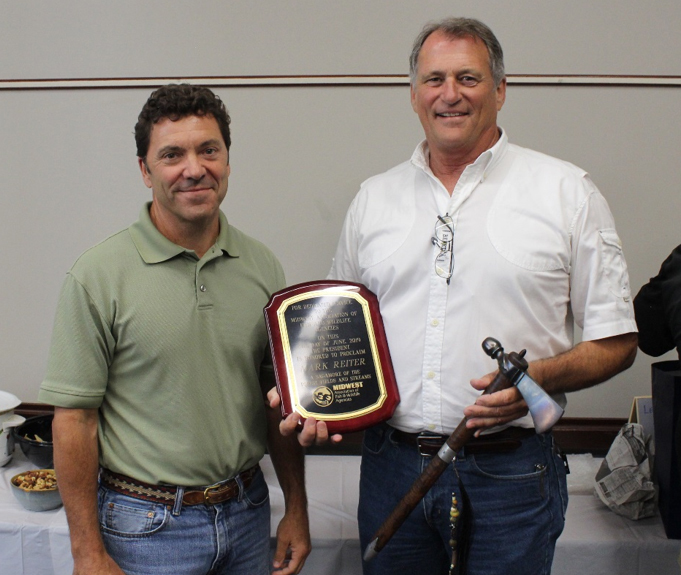 DNR Director Cameron Clark (left) presents Mark Reiter (right) with the Sagamore of the Forest, Fields, and Streams lifetime achievement award
Fish & Wildlife Director Mark Reiter retires
|
After 39 years of service, Director Mark Reiter of Indiana DNR’s Division of Fish & Wildlife has retired.
Reiter started as a biologist aide in 1977. He quickly rose through the ranks as a laborer, property manager, staff specialist, and eventually the wildlife chief. After leaving the division for three years to work for the National Rifle Association, he returned as a wildlife staff specialist and public lands program manager before becoming Director of Fish & Wildlife in 2009.
Reiter led a long and distinguished career with the Indiana DNR. During his time as director, Reiter was instrumental in the creation of the Healthy Rivers INitiative, modernizing shooting ranges at Fish & Wildlife Areas, establishing the Gamebird Area Program, and creating the deer bundle license.
|
Reminder: help us count wild turkeys this summer
Each summer, wildlife biologists and citizen scientists count the number of young wild turkeys (poults) with turkey hens in what are termed “brood surveys.” These surveys provide us with information about turkey poult survival and informs wild turkey management. The survey will close Aug. 31. Please remember to report your observations at on.IN.gov/turkeybrood.
 Nongame Wildlife Fund at work: Aquatics
In the past, nearly 80 species of freshwater mussels inhabited the rivers, streams, and lakes of Indiana. Today, almost half are extirpated (i.e., no longer found live) or listed as a Species of Greatest Conservation Need. The reasons are varied, but water pollution, habitat alterations, overharvest, and the introduction of non-native species (like the zebra mussel) have contributed to their decline.
Mussel surveys have been completed annually around the state since the late 1980s. Surveys are sometimes investigative: biologists will survey in new areas where there is limited information on the current status of mussels. Other locations are monitored routinely to assess population health and to document declines or recovery. As a result of this work, it was found that the snuffbox (Epioblasma triquetra) was barely holding on in the state, only reproducing in a few miles of one river. Propagation and augmentation work is now underway to bolster a second population in another part of the state.
All efforts to conserve and enhance freshwater mussels populations in Indiana are made possible by donations to the Nongame Wildlife Fund.
Upcoming events
More

About Fish and Wildlife Management in Indiana
Fish and wildlife management and public access are funded by fishing and hunting license revenue and also through the Wildlife and Sport Fish Restoration Programs administered by the U.S. Fish & Wildlife Service. These programs collect excise taxes on sporting arms and ammunition, archery equipment, fishing equipment, and motor boat fuels. The money is distributed among state fish and wildlife agencies based on land size and the number of licensed anglers and hunters in each state. Find out more information about fish and wildlife management in Indiana at Wildlife.IN.gov.
|